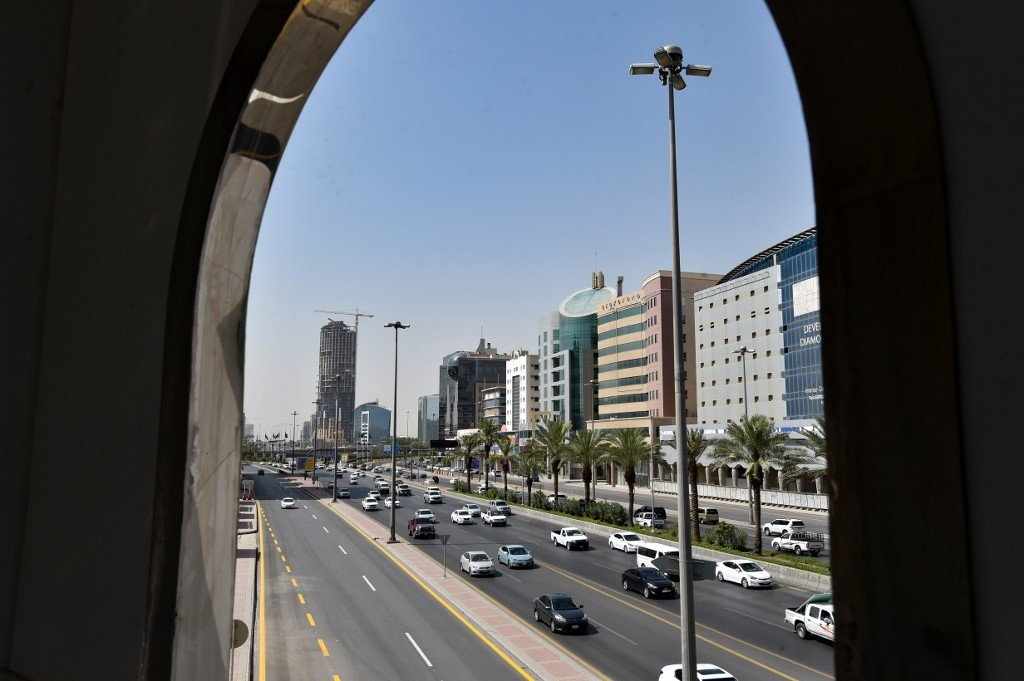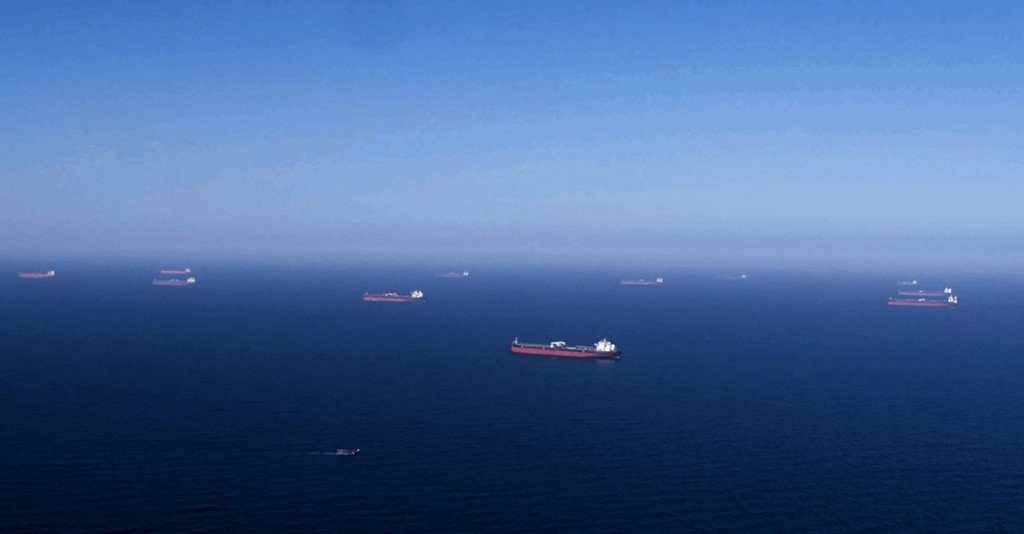Exxon Holds Back on Technology That Could Slow Climate Change
- Date: 07-Dec-2020
- Source: Bloomberg
- Sector:Technology
- Country:saudi-arabia-top-picks
Exxon Holds Back on Technology That Could Slow Climate Change
Elk and pronghorn antelope migrate each fall through southern Wyoming, where the sparsely vegetated landscape slowly gives way to the foothills of the Rocky Mountains. Interrupting this serene vista is a dense web of steel pipes, tanks, and pumps owned by Exxon Mobil Corp.The industrial complex provides a clue about what lies beneath: an ancient sea of coral and marine life, petrified by time and pressure into a thick layer of rock. Known as the Madison formation, this geologic structure is miles wide and reaches more than 10 Empire State Buildings below the ground. It contains natural gas, helium, and carbon dioxide. Two of these gases are consistently valuable to Exxon's business. The third is not—and that's a problem for everyone on the planet.
For three decades, the American oil titan has been pumping up these gases, separating them, selling some, and dumping the remainder into the atmosphere. Exxon produces more CO₂ than it can sell or use, so the company lets a lot float away—as much as 300,000 cars' worth of emissions





















